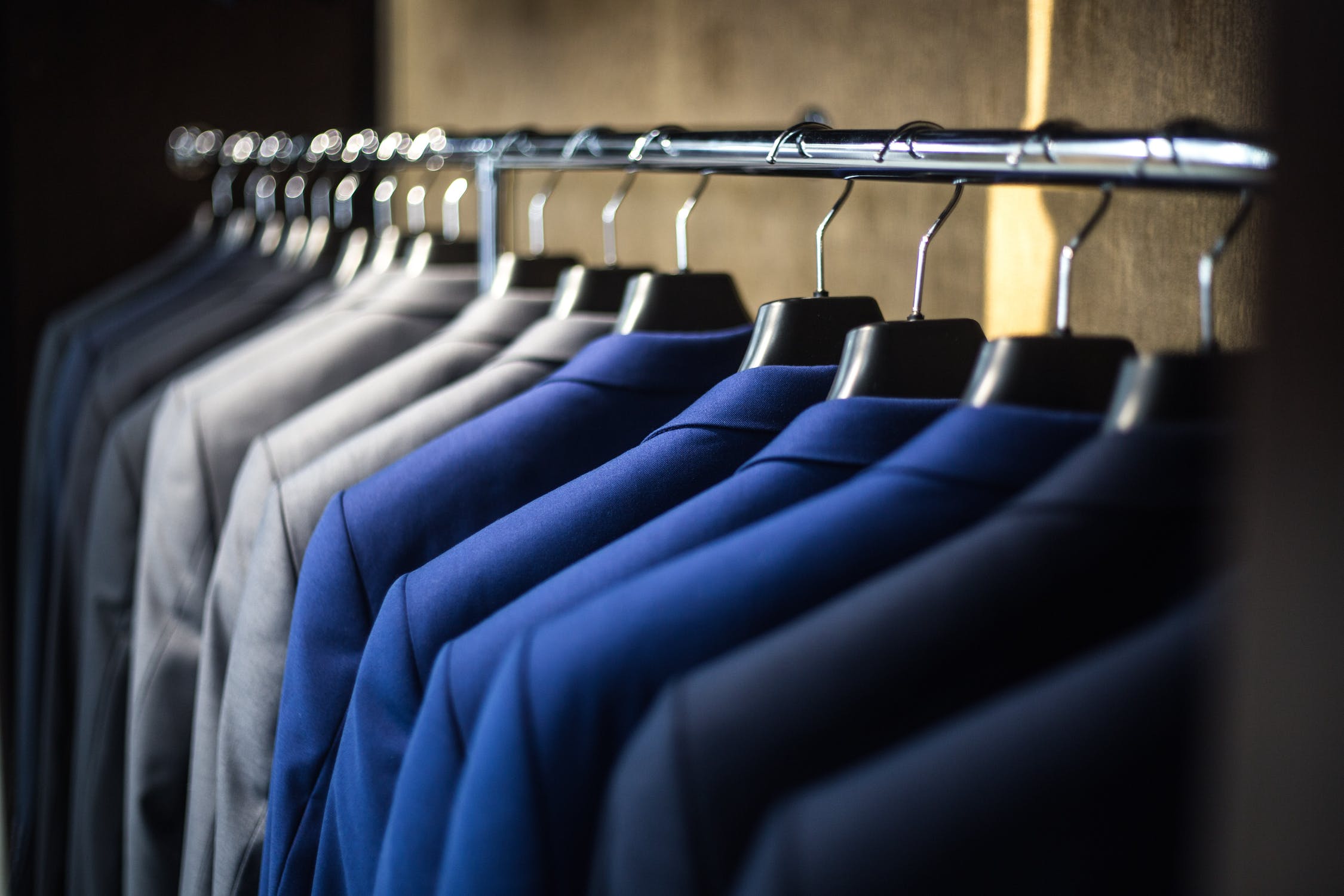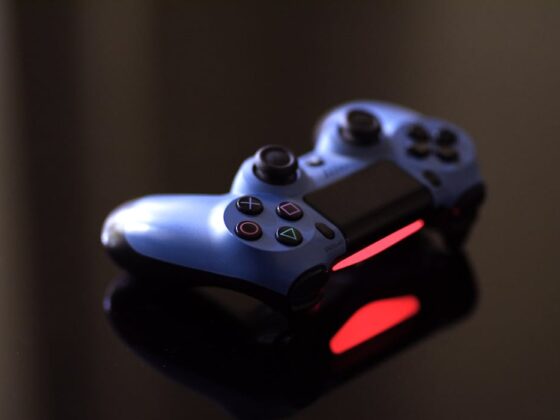
The Power of Limited Availability
Luxury brands rely on scarcity to create demand. By producing a restricted number of products, they ensure that owning these items remains a privilege. A luxury car manufacturer, for example, released a special edition vehicle available only to existing customers. This decision not only reinforced brand loyalty but also increased resale values, strengthening the brand’s prestige in the market.
Luxury labels operating in fashion and jewelry take a similar approach. A renowned jewelry brand limited access to an exclusive collection by hosting private viewings for select clients. This invitation-only model reinforced exclusivity while deepening connections with top buyers.
Tailoring Exclusivity to Personal Aspirations
Luxury brands do more than sell products—they create an image that aligns with their customers’ personal aspirations. Owning a limited-edition handbag or attending a private couture fitting is not about fashion alone; it signals belonging to a select group that values rarity and refinement. This idea of exclusivity extends beyond material goods, influencing lifestyles, relationship choices, and even how people pursue connections with like-minded partners. From private members’ clubs to exclusive concierge matchmaking, people seek experiences that align with their values and desires.
This concept is reflected in the pursuit of selective dating, where people look for partners who fit their lifestyle choices. Some opt for curated, high-status matchmaking services, while others take a forward-thinking approach by seeking relationships that align with their expectations and personal goals. Platforms catering to these preferences, such as those where people can meet a sugar baby, emphasize compatibility and exclusivity in relationships. Much like bespoke luxury, these connections center on mutual interests and intentional choices, reinforcing the idea that finding the right match—whether in fashion or relationships—is about quality, not quantity.
Invitation-Only Events and High-Threshold Loyalty Programs
Luxury brands enhance exclusivity by curating private events and rewarding customer loyalty in unique ways. High-value clientele receive invitations to exclusive gatherings where they can view limited-edition products before public release. A luxury fashion house, for instance, offers private previews of its haute couture collections, ensuring that only select buyers can purchase these items before they reach retail stores.
Loyalty programs also reinforce exclusivity by limiting perks to a select few. Instead of widespread discount-based systems, luxury brands implement tiered membership structures that grant early access to collections, one-of-a-kind customization services, and personal shopping consultations. Members of these programs feel they belong to an elite group, strengthening their commitment to the brand.
Influencer Selectivity and Targeted Visual Storytelling
Luxury labels use influencer collaborations sparingly to maintain exclusivity. Rather than relying on mass-market endorsements, they choose partnerships that align with specific brand values. High fashion brands often work with influencers who embody refinement and sophistication, reinforcing the brand’s message rather than diluting its status through overexposure.
Visual storytelling plays a key role in these campaigns. Rolex, for example, presents its timepieces in immaculate settings, often tying them to stories of craftsmanship and elite lifestyles. Dior’s use of influencer marketing extends to behind-the-scenes ateliers, showcasing the artistry behind its couture pieces without over-promoting accessibility. These strategies work together to cultivate desire without sacrificing rarity.
Controlling Product Accessibility
Luxury brands control product distribution to reinforce their premium status. Instead of mass-market availability, they restrict sales to flagship stores, exclusive boutiques, and select online platforms. Brands such as Hermès and Louis Vuitton limit distribution intentionally, ensuring that purchasing an item is not merely a transaction but an aspirational milestone.
Some brands further control access by linking product availability to purchase history. Ferrari, for instance, requires prior ownership of certain models before allowing customers to acquire its most exclusive cars. This restriction fosters loyalty while simultaneously making brand engagement feel like an ongoing privilege rather than a single purchase.
Exclusive Customization and Scarcity-Based Demand
Personalization strengthens the emotional bond between consumers and high-end brands. Customization options, from monogramming accessories to tailoring suit fittings, transform luxury products into unique possessions. Porsche, for example, offers highly detailed customization for its vehicles, allowing customers to specify everything from seat stitching colors to dashboard materials, reinforcing a sense of personal exclusivity beyond ownership.
Scarcity-based demand further enhances desirability. Limited-edition product runs, such as exclusive handbag releases or one-off timepiece collections, create urgency among buyers. Consumers recognize that missing out on these products means they may never have access to them again, leading to heightened anticipation for future releases.
Emotional Connection Through Elite Experiences
Luxury brands do not rely solely on exclusivity through products; they also create emotional connections by offering elite experiences. High-end fashion brands invite top customers to fashion shows, granting them an insider view of upcoming collections before they reach stores. Luxury watchmakers host masterclasses where select clients can observe intricate craftsmanship firsthand.
These strategic interactions make consumers feel valued, reinforcing long-term brand loyalty. Beyond material goods, luxury brands establish a lifestyle that consumers aspire to be part of, keeping engagement levels high while reinforcing brand prestige.
Market Adaptation Without Overexposure
Luxury brands must balance exclusivity with modern marketing trends without compromising their exclusivity. Overexposure can weaken brand prestige, making selective engagement essential. Chanel, for example, carefully curates marketing efforts by collaborating with influencers who mirror the brand’s heritage. Instead of engaging in aggressive outreach, the company uses social media and private showcases to maintain exclusivity while selectively engaging with aspirational audiences.
Strategic use of platforms like Instagram and YouTube further refines this balance. High-end brands frequently opt for behind-the-scenes content, glimpses into craftsmanship, or private events rather than mass outreach campaigns. This approach strengthens desirability while preventing accessibility from diminishing exclusivity.
By combining controlled product access, targeted marketing, and emotional engagement, luxury brands maintain exclusivity while reinforcing an aspirational connection with their audience.







